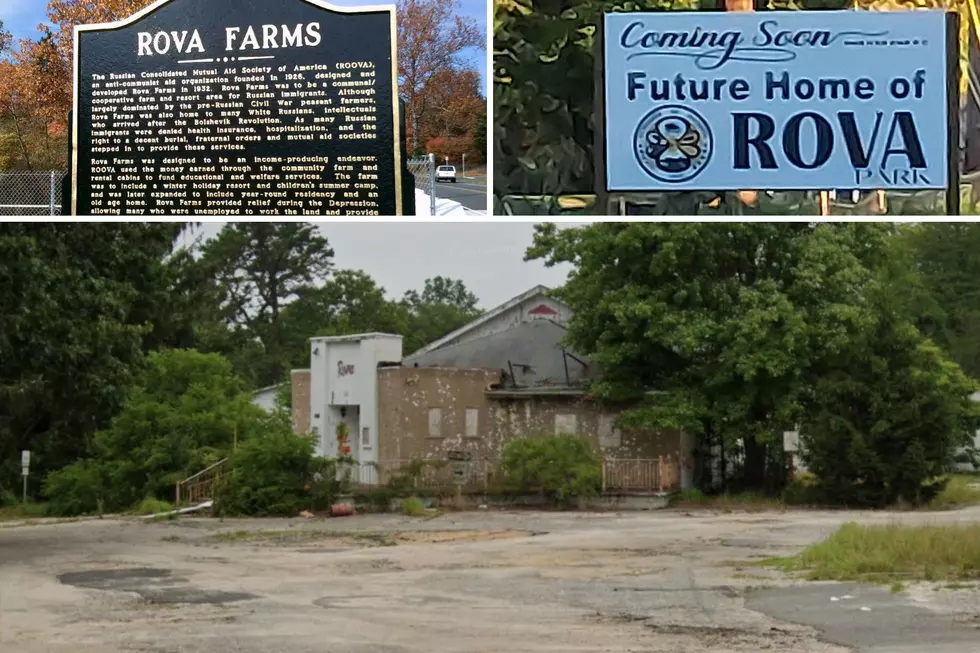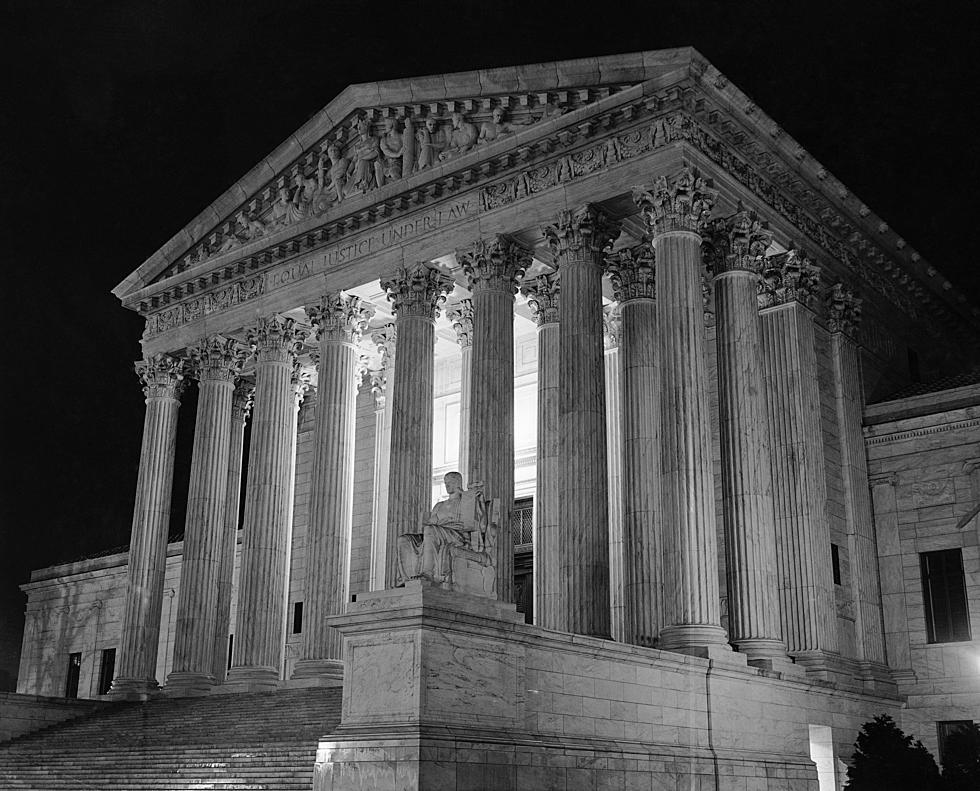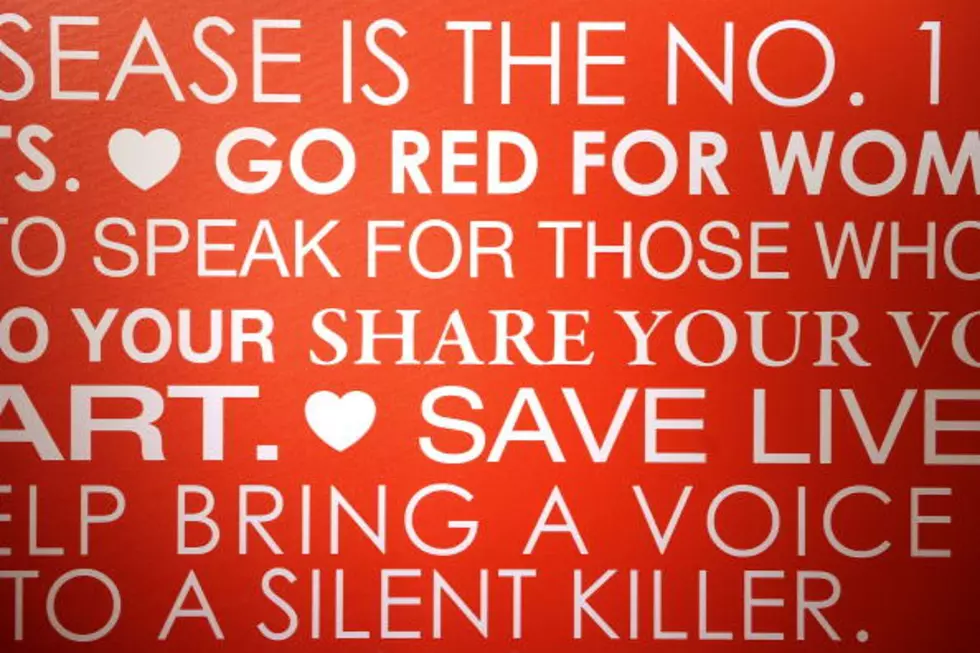Scientists Find Evidence of Cannibalism at Jamestown Settlement
Scientists revealed Wednesday that they have found the first solid archaeological evidence that some of the earliest American colonists at Jamestown, Va., survived harsh conditions by turning to cannibalism.
For years, there have been tales of people in the first permanent English settlement in America eating dogs, cats, rats, mice, snakes and shoe leather to stave off starvation. There were also written accounts of settlers eating their own dead, but archaeologists had been skeptical of those stories.
But now, the Smithsonian's National Museum of Natural History and archaeologists from Jamestown are announcing the discovery of the bones of a 14-year-old girl that show clear signs that she was cannibalized. Evidence indicates clumsy chops to the body and head of the girl, who appears to have already been dead at the time.
Deadly Winter from 1609 to 1610
Smithsonian forensic anthropologist Douglas Owsley said the human remains date back to a deadly winter known as the "starving time" in Jamestown from 1609 to 1610. Hundreds died during the period. Scientists have said the settlers likely arrived during the worst drought in 800 years, bringing severe food shortages for the 6,000 people who lived at Jamestown between 1607 and 1625.
The historical record is chilling. Early Jamestown colony leader George Percy wrote of a "world of miseries," that included digging up corpses from their graves to eat when there was nothing else. "Nothing was spared to maintain life," he wrote.
In one case, a man killed, "salted," and began eating his pregnant wife. Both Percy and Capt. John Smith, the colony's most famous leader, documented the account in their writings. The man was later executed.
"One amongst the rest did kill his wife, powdered her, and had eaten part of her before it was known, for which he was executed, as he well deserved," Smith wrote. "Now whether she was better roasted, boiled or carbonado'd (barbecued), I know not, but of such a dish as powdered wife I never heard of."
"Very Convincing" Evidence of Cannibalism?
Archaeologists at Jamestown and Colonial Williamsburg in Virginia were somewhat skeptical of the stories of cannibalism in the past because there was no solid proof, until now.
"Historians have questioned, well did it happen or not happen?" Owsley said. "And this is very convincing evidence that it did."
Owsley has been working with William Kelso, the chief archaeologist at Jamestown, since their first burial discovery in 1996.
The remains of the 14-year-old girl, discovered in the summer of 2012, mark the fourth set of human remains uncovered at Jamestown outside of graves. Researchers named her "Jane" to give her an identity for a book explaining her story.
Her remains were found in a cellar at the site that had been filled with trash, including bones of horses and other animals consumed in desperation, according to archaeologists.
The discovery detracts from the happier mythology of John Smith and Pocahontas that many associate with Jamestown. The vice president of research at nearby Colonial Williamsburg, which oversees excavations of the original Jamestown site, said visitors will have a fuller view of a terrible time in early American history.
"I think we are better served by understanding history warts and all because I think it gives us a better understanding of who we are as a people," James Horn said. "It gives us a better sense of the sacrifices that people made, ordinary people like Jane, to survive in the new world."
Owsley, who has also done forensic analysis for police investigations, analyzed the girl's remains and how the body had been dismembered, including chops to the front and back of the head. The girl was likely already dead at the time. There was a cultural stigma against killing someone for food.
But it was clear to Owsley immediately that there were signs of cannibalism.
"It is the evidence found on those bones that put it within the context of this time period," he said. "This does represent a clear case of dismemberment of the body and removing of tissues for consumption."
It was the work of someone not skilled at butchering, Owsley said. There was a sense of desperation.
The bones show a bizarre attempt to open the skull. Animal brains and facial tissue would be considered accepted and desirable meat in the 17th century, Owsley said.
The human remains will be placed on display at Jamestown to explain the horrid conditions early settlers faced. At the Smithsonian, curators will display a digital reconstruction of the girl's face in an exhibit about life at Jamestown.
Owsley said archaeology is helping to fill in details from a time when few records were kept — details that won't likely be found in history books.
Kelso, whose archaeology team discovered the bones, said the girl's bones will be displayed to help tell a story, not to be a spectacle.
"We found her in a trash dump, unceremoniously trashed and cannibalized, and now her story can be told," Kelso said. "People will be able to empathize with the time and history and think to themselves, as I do: What would I do to stay alive?"
The Smithsonian and Jamestown archaeologists are publishing their findings in a new book but decided against waiting to announce the discovery through a peer-reviewed journal.
"In a lot of ways, I say Jane is us," Kelso said. "She brings the past to the present."
Copyright 2013 The Associated Press.
More From New Jersey 101.5 FM









